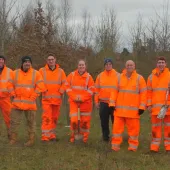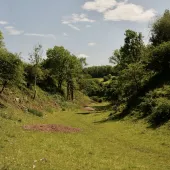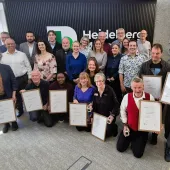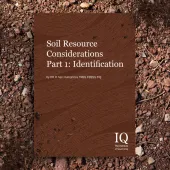New project brings biodiversity to dormant quarry site
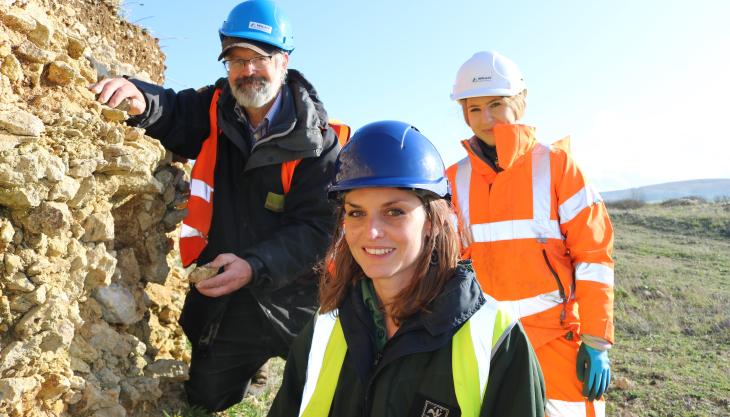
Wight Building Materials working in partnership to help restore important habitats at Prospect Quarry
A MAJOR environmental project to enhance the biodiversity of a dormant quarry on the Isle of Wight is under way.
A restoration project is being undertaken by Wight Building Materials – a joint venture between Eurovia and Aggregate Industries – in partnership with the Hampshire and Isle of Wight Wildlife Trust (HIWWT) and Natural England at Prospect Quarry, near Shalfleet, on the Isle of Wight.
The project, which is being funded through the Aggregate Industries Local Partnership Fund, aims to restore important habitats, such as limestone grassland, by controlling scrub and non‐native species and introducing grazing. This will create more opportunities and better conditions for wildlife associated with this rare habitat.
A Site of Special Scientific Interest (SSSI) for its geological features, part of Prospect Quarry provides one of the best examples of Bembridge Limestone and of limestone grassland on the Island.
Key to the restoration project will be the input of Wight Building Materials’ staff over the duration of the five‐year management plan.
Steve Burton, Wight Building Materials’ general manager, said: ‘As an island company employing more than 40 islanders, we all have a keen interest in making sure we look after the environment around us.
‘We are delighted to work closely with the Hampshire and Isle of Wight Wildlife Trust and Natural England to ensure the quarries we work are not only returned to nature but that they are enhanced and managed too.
‘Our staff will be at the heart of this work and we will also be looking to involve the wider community as we restore and then manage this beautiful and thriving habitat.’
At Prospect Quarry the work has involved the clearance of scrubland and the invasive Japanese knotweed to encourage the return of a thriving limestone grassland habitat.
The site has already been extensively surveyed to identify any rare species that may be present, and the results of these surveys are informing the subsequent management plan. The surveys also provide baseline data against which the success of the restoration can be charted.
Sarah Boswell, ecologist for HIWWT said: ‘We know that the site displays many features usually similarly associated with the chalk downland, such as restharrow, cowslips, carline thistle, kidney vetch and the rare dwarf mouse‐ear.
‘This project, working alongside a similar project we are undertaking with Wight Building materials on St George’s Down, is about ensuring the restoration maximizes the ecological potential of these sites. We are delighted Wight Building Materials is taking their environmental responsibilities so seriously.’



